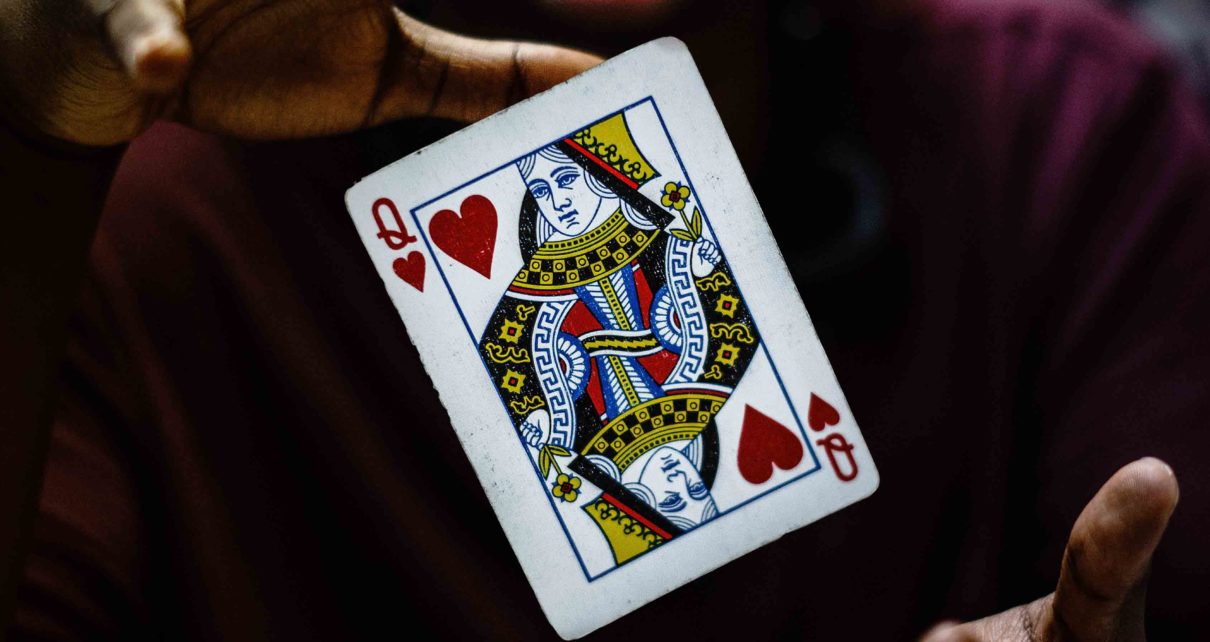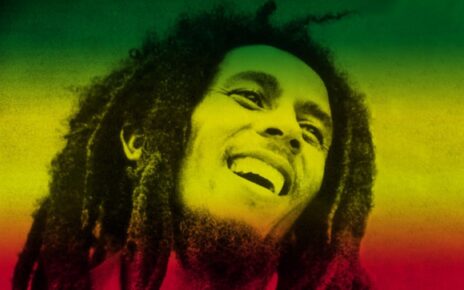Think of a playing card. Got one in mind?
Although it may have felt like a free choice, think again: Most people choose one of only four cards, out of a deck of 52. For now, remember your card — we’ll return to it later.
For thousands of years, magicians have amazed audiences by developing and applying intuitions about the mind. Skilled magicians can manipulate memories, control attention, and influence choices. But magicians rarely know why these principles work. Studying magic could reveal the mechanisms of the mind that enable these principles, to uncover the why rather than just the how.
Some of these principles, such as illusions and misdirection, have recently lead to interesting discoveries. For example, in one study, a magician threw a ball into the air a few times. On the third throw, however, he only pretended to throw it. Two thirds of the participants reported seeing the ball vanish in mid-air, even though it never left his hand. The participants saw something amazing — something that never actually happened.
Another example is misdirection, where the magician hides the secret by manipulating what the audience perceives or thinks. One study tracked participants’ eye movements while showing them a vanishing cigarette trick. Even if participants looked directly at the secret move, they did not notice it if their attention was directed elsewhere. They looked, but did not see, thanks to the magician’s misdirection.
Other principles of magic involve card tricks. Magicians can often influence people to choose a particular card from a deck, or even know which card people will choose when asked to think of one. Studying these phenomena could help us learn about the mind, as did the study of illusions and misdirection.
But before we can understand card magic, we have to understand exactly how people perceive the cards themselves. To do this, I teamed up with another researcher and magician, Alym Amlani, as well as professor Ronald Rensink at the University of British Columbia. We applied well-known techniques from vision science to measure how well people see, remember, like, and choose each of the 52 cards in a standard deck. For example, people saw cards quickly presented one after another on a computer while they searched for a target card; their accuracy indicated the card’s visibility. To measure choice, we asked over a thousand people to either name or visualize a card, then recorded their selections.
Measuring these factors allowed us to test magicians’ intuitions about different cards. Our results confirmed several of these intuitions. For example, magicians believe that people treat the Ace of Spades and Queen of Hearts differently from other cards. Sure enough, accuracy for detecting and remembering was highest for the Ace of Spades, and both cards were among the most liked and most often chosen. Other cards chosen frequently were Sevens and Threes, consistent with other studies on how people choose digits.
Magicians also believe they know which cards people are least likely to choose. Now consider: Which card do you think people will name the least often?
Many magicians believe the answer is a mid-valued Club, like the Six of Clubs. Others appear to share that belief; hecklers sometimes end up choosing the Six during magic tricks. In fact, during pilot testing, when asked to name a card several people smugly asserted, “The Six of Clubs!”, perhaps trying to act unpredictably. But by doing so, they in fact acted more predictably. As it turned out, however, it was the black Nines that were chosen the least. Of the 1150 selections people made in our experiment, these cards were only chosen four times.
Several other common beliefs were also disproven. For example, magicians often say that when asked to name a card, women choose the Queen of Hearts more than men do. In our sample, we found the opposite: men chose the Queen of Hearts more than women did, and women chose the King of Hearts more than men did.










